Vertebrate Zoology - Lecture 2, Genetic Mechanisms and Phylogenetics
1/28
Earn XP
Description and Tags
Other flashcards for this class can be found under the tag "11:216:325"
Name | Mastery | Learn | Test | Matching | Spaced |
|---|
No study sessions yet.
29 Terms
Phenotype
The expression of the genotype; the observable physical or behavioral characteristics of an organism.
Genotype
The set of genes (alleles) that yield proteins, dictating the phenotype
Darwinian fitness
The genetic contribution of an individual to succeeding generations relative to the contributions of other members of its population.
Positive selection
A process that increases the frequency of genetically based traits in successive generations if they are advantageous for reproduction.
Gene families
Genes that produce structurally related forms of the same protein
Developmental regulatory genes
Gene families that control developmental processes
Example: Sonic Hedgehog (Shh)
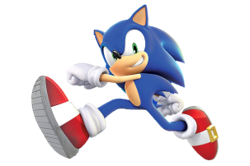
Heterochrony
Changes in the timing of gene expression at any stage of development
Two types:
Change in the length of time gene is expressed during development
Change in the time at which one gene is expressed relative to expression of other genes
Paedomorphosis
A type of heterochrony where descendants retain juvenile ancestral features
3 Types:
Progenesis - growth stops earlier (ex: tiny animals)
Neotony - growth at a slower rate (ex: smaller horn size)
Postdisplacement - growth starts relatively later in development (ex: reaching reproductive maturity at an older age)
Example: Axolotl adults express the traits of juvenile salamanders of other species

Peramorphosis
A form of heterochrony where descendants develop “beyond” the ancestor.
3 Types:
Hypermorphosis - growth stops later (ex: big animals)
Acceleration - growth at a faster rate (ex: exaggerated features such as tusks, large antlers, saber teeth)
Predisplacement - growth starts earlier in development (ex: precocious, independent young)
Example: The exaggeratedly large antlers of the extinct Irish Elk (Megaloceros giganteus), art from @ddinodan

Heterotropy
A change in the location of a gene’s expression during development.
Literal meaning: “different place”
Example: Webbed feed and bat wings, location of cell death on embryonic webbing (creating fingers) changed
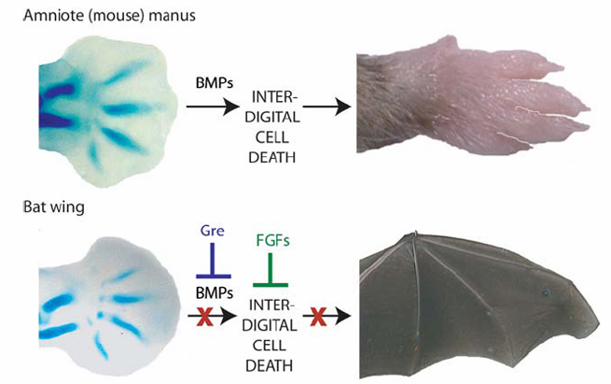
Heterometry
A change in the intensity of a gene’s expression during development resulting in changes in the amount of the gene product (quantity or size)
Literal meaning: “different measure”
Example: Darwin’s finches dictated by gene expression changes in the amount of beak development
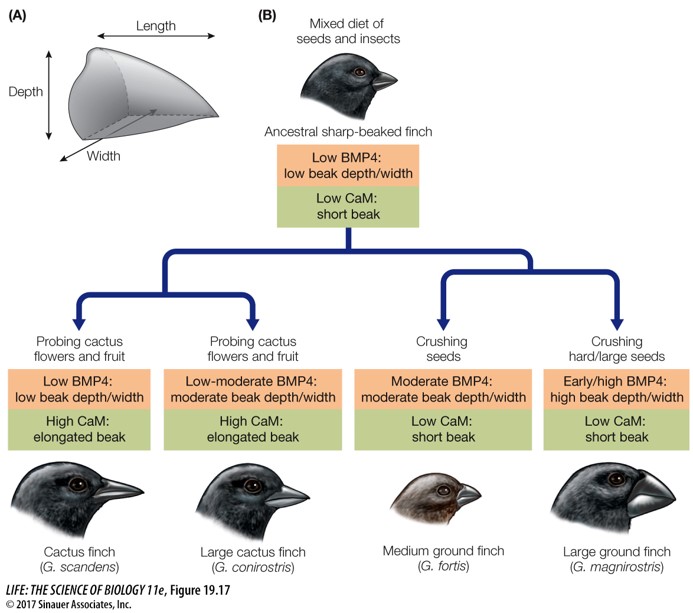
Epigenetic effects
Modifications of gene expression during development by non-genetic factors (such as temperature, diet, stress, or other environmental characteristics).
Example: Different tadpole shape depending on the type of predator detected
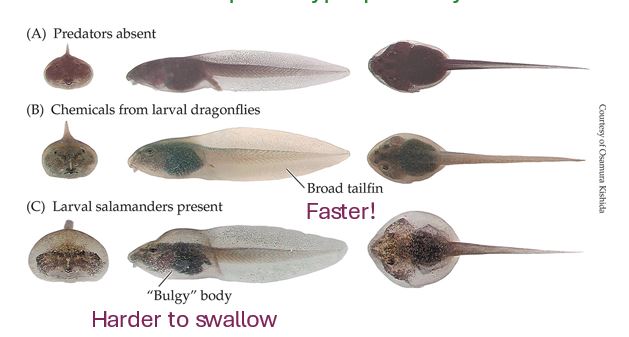
Phenotypic plasticity
The ability of an organism to change its behavior, physiology, or morphology (aka its phenotype) during development in response to environmental conditions.
Examples: These tadpoles are phenotypically plastic; their morphology changes depending on the type of predator detected
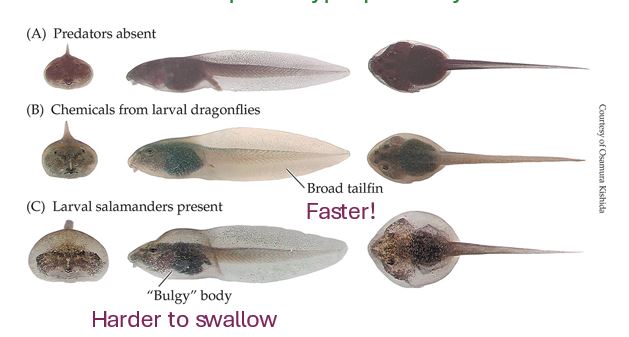
Intragenerational epigenetic effects
(F0 → F0)
Epigenetic effects limited to one generation (offspring do not inherit the phenotypic changes)
Intergenerational epigenetic effects
(F0 → F1)
Epigenetic effects that affect the next generation
Transgenerational epigenetic effects
(F0 → Fn)
Epigenetic effects that affect subsequent generations (for example, affecting grandchildren)
Parsimony
In phylogenetics, the principle that the hypothesis that is least complex is the most supported
(Remember: each phylogenetic tree is referred to as a hypothesis, since a tree can change or compete)
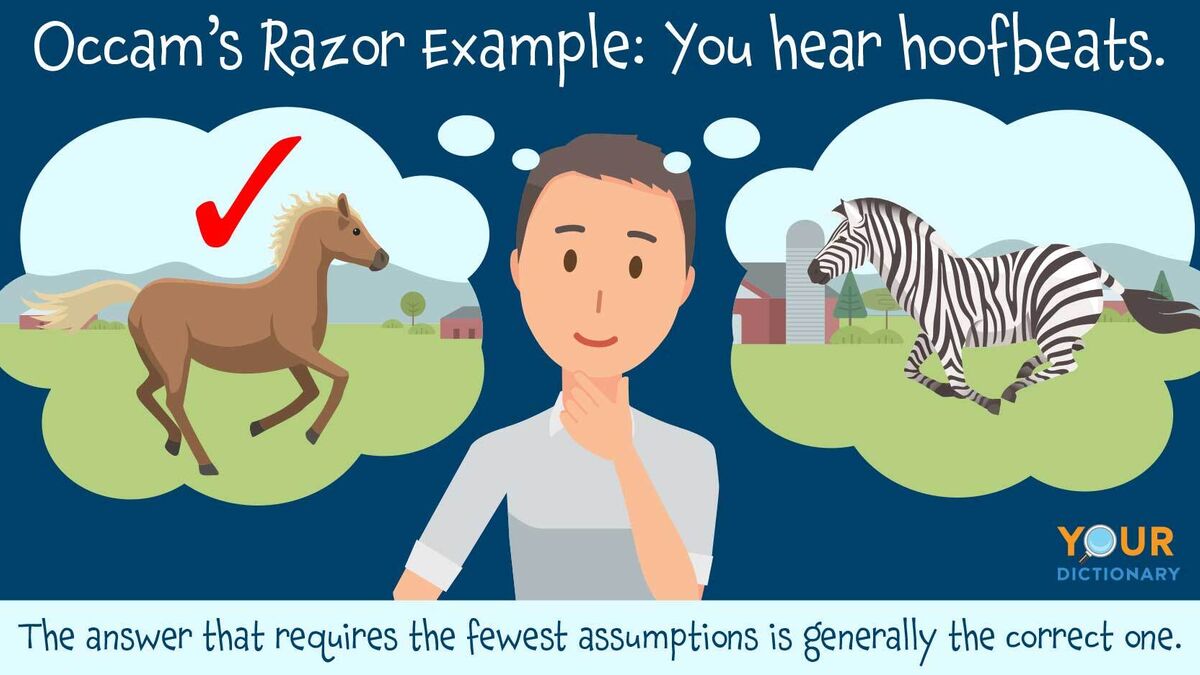
Apomorphy
A derived character that has changed from its ancestral state
Synapomorphy
A derived character shared by two or more taxa and presumed to be inherited from a common ancestor
Simply: The characters that make a clade a clade (relative to outside groups), their “special feature”
Example: Mammary glands for mammals
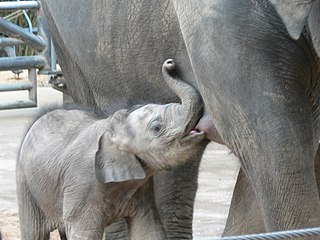
Plesiomorphy
A character state that clade members inherited and is unchanged from their ancestral conditions
Simply: All clade members inherited it, but it’s not their special feature
Example: Mammals have lungs
Outgroup
A reference group that is less closely related to the ingroup (the group under study) than the members of the ingroup are related to each other
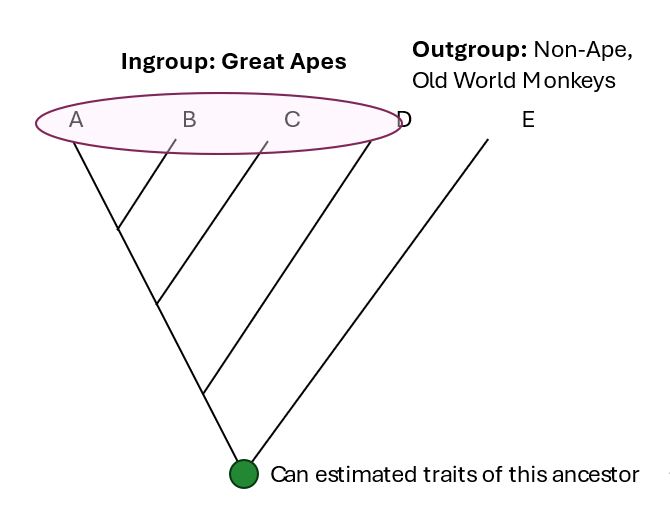
Clade
A monophyletic group; shares a single evolutionary origin and includes all descendants of a common ancestor
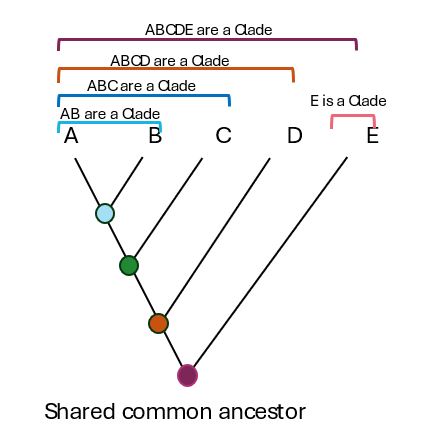
Common ancestor
The most recent individual from which all taxa in a monophyletic group are descended
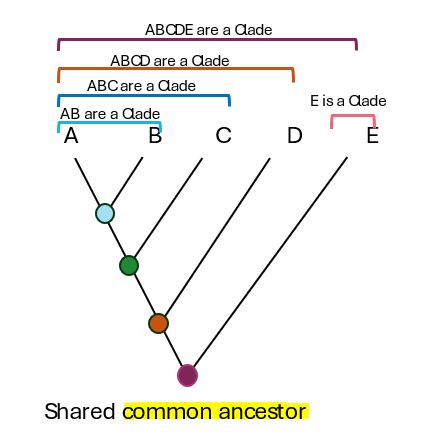
Topology
The arrangement of branches and taxa on a tree
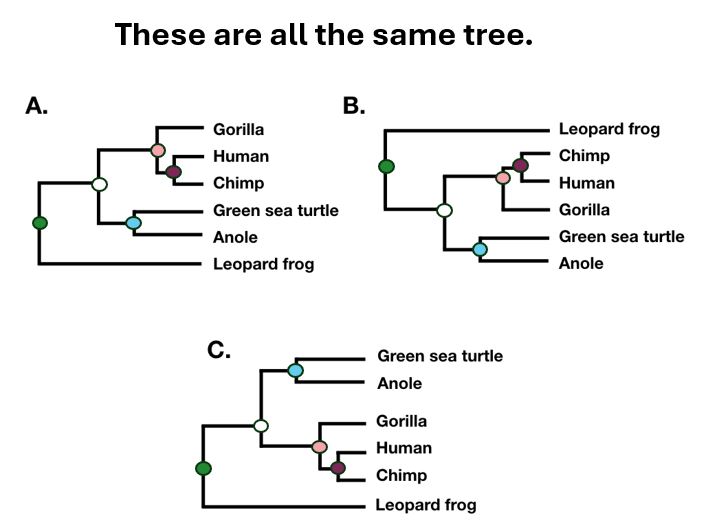
Sister taxa/sister group
Two clade members that are each other’s closest relatives on a particular tree
Paraphyly
Referring to a named group of organisms that DO NOT include an ancestor and all of its descendants
Example: Referring to “reptile” usually excludes the descendant birds, so “reptiles” are a paraphyletic term unless birds are included
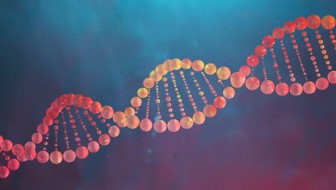
What are the pros + cons of using molecular characters to construct a phylogenetic tree?
Advantages:
Directly based on genotype
Can be used to compare all types of organisms
Disadvantages:
Does not take into account the speed of evolution (may be more appropriate for more recent evolutionary divergences, such as penguins)
Homoplasy (independent evolution of the same alleles) can occur in DNA
Functional significance of DNA differences can’t always be seen (unless there is prior knowledge of what a certain sequence codes for)
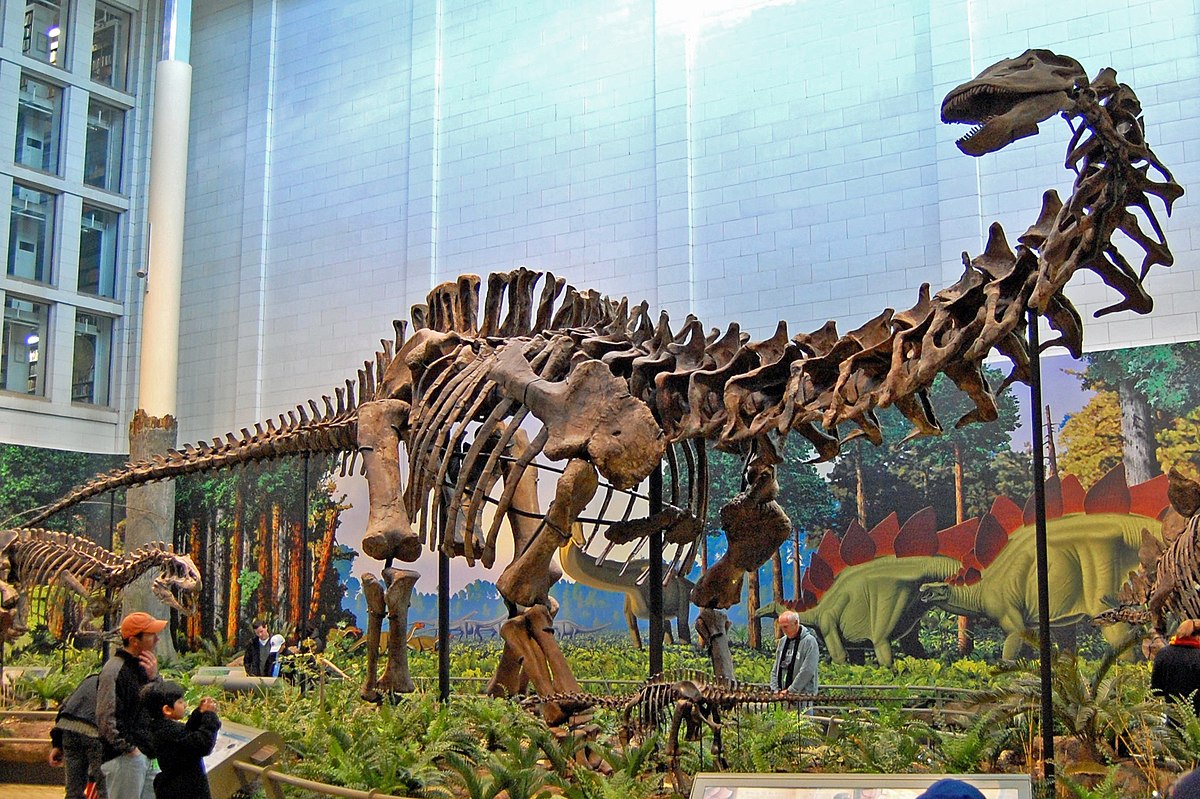
What are the pros + cons of using morphological characters to construct a phylogenetic tree?
Advantages:
Easy to observe or obtain
Can be applied to the fossil record (most life that has ever existed is extinct)
Disadvantages:
Phenotypic plasticity (variation within same species, ex: dinosaur declared a newly discovered species but it’s actually just the juvenile of an existing species)
Sometimes ambiguously defined (ex: “somewhat reduced”, “slightly elongated”)
Often continuous, not discrete (hard to set a definitive boundary)
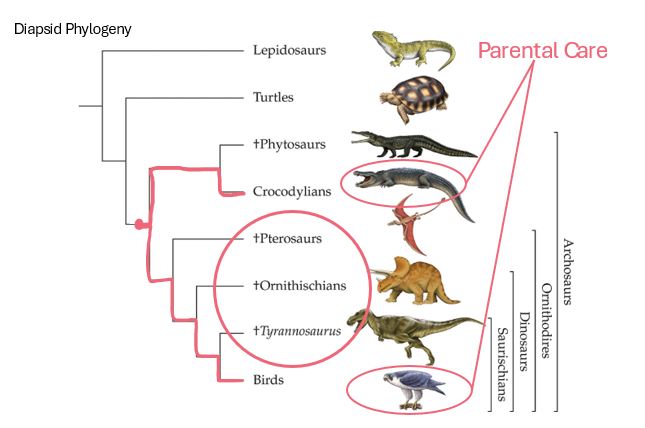
Extant phylogenetic bracketing
Using traits of extant lineages to infer the character states of extinct taxa that lie between them
Example: A lot of dinosaurs and pterosaurs probably had parental care, because Crocodylians and Birds (which dinos share a common ancestor with) exhibit parental care
